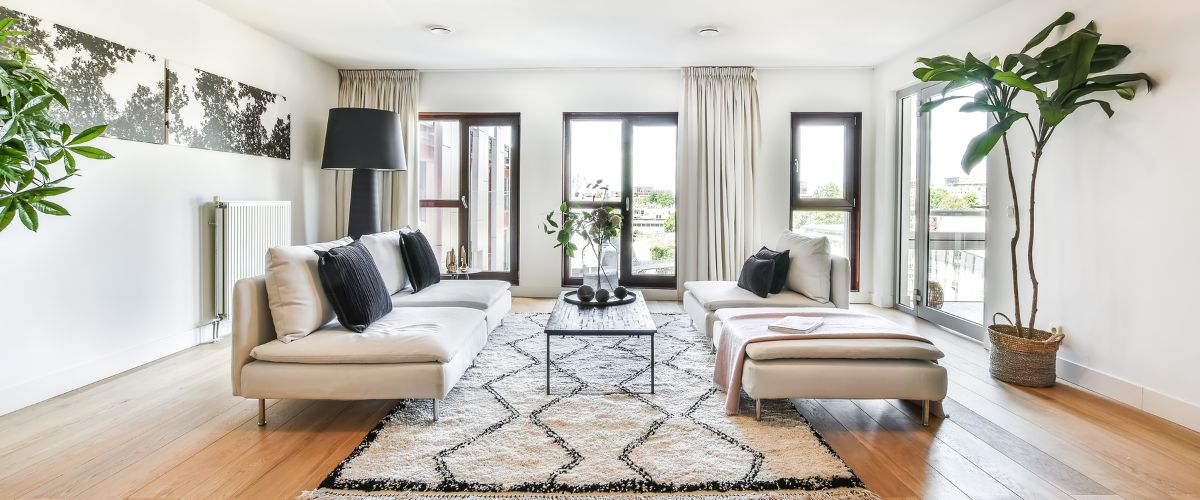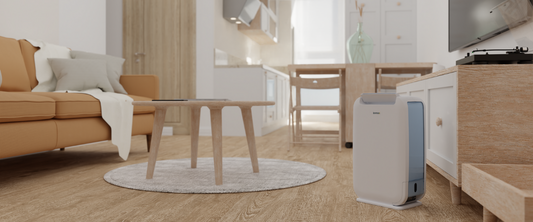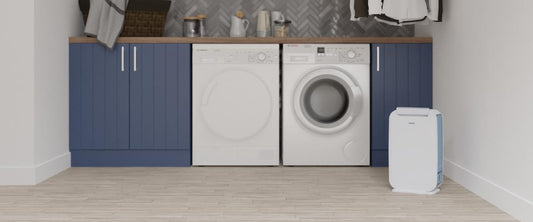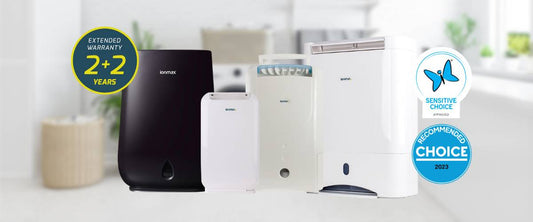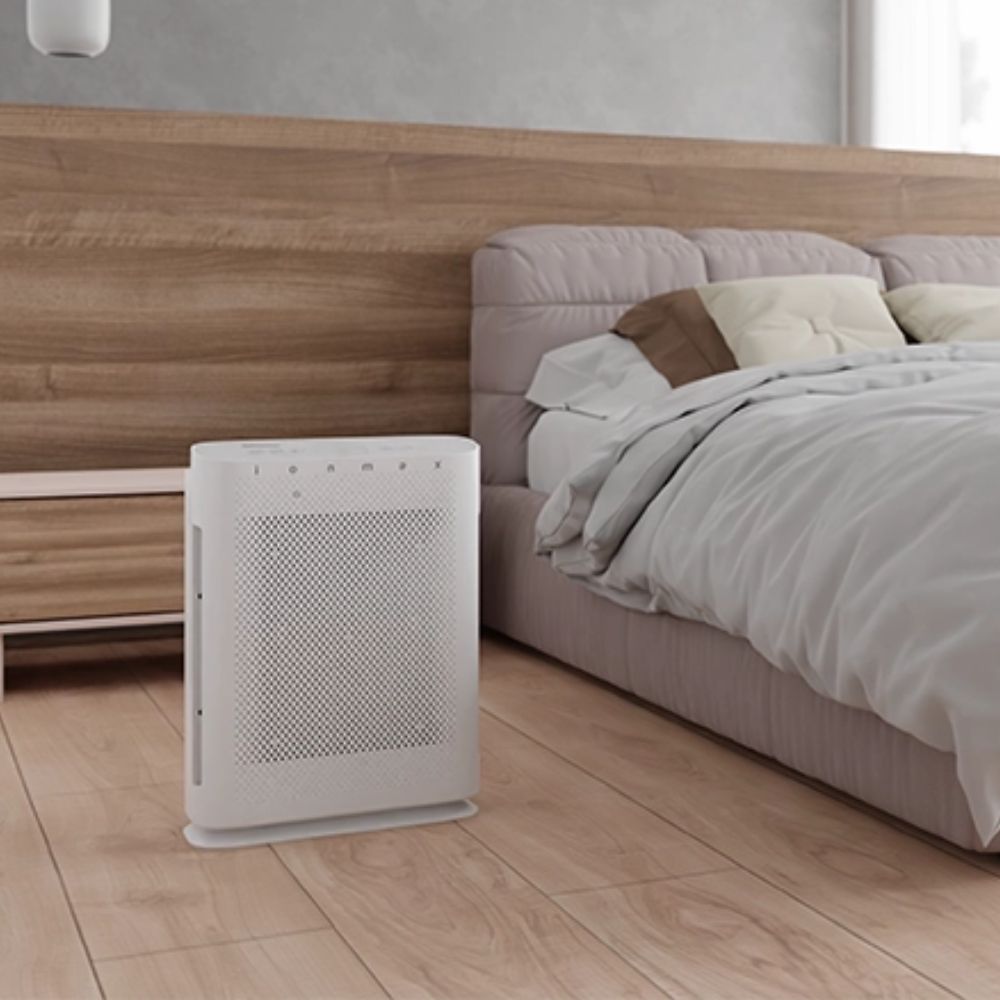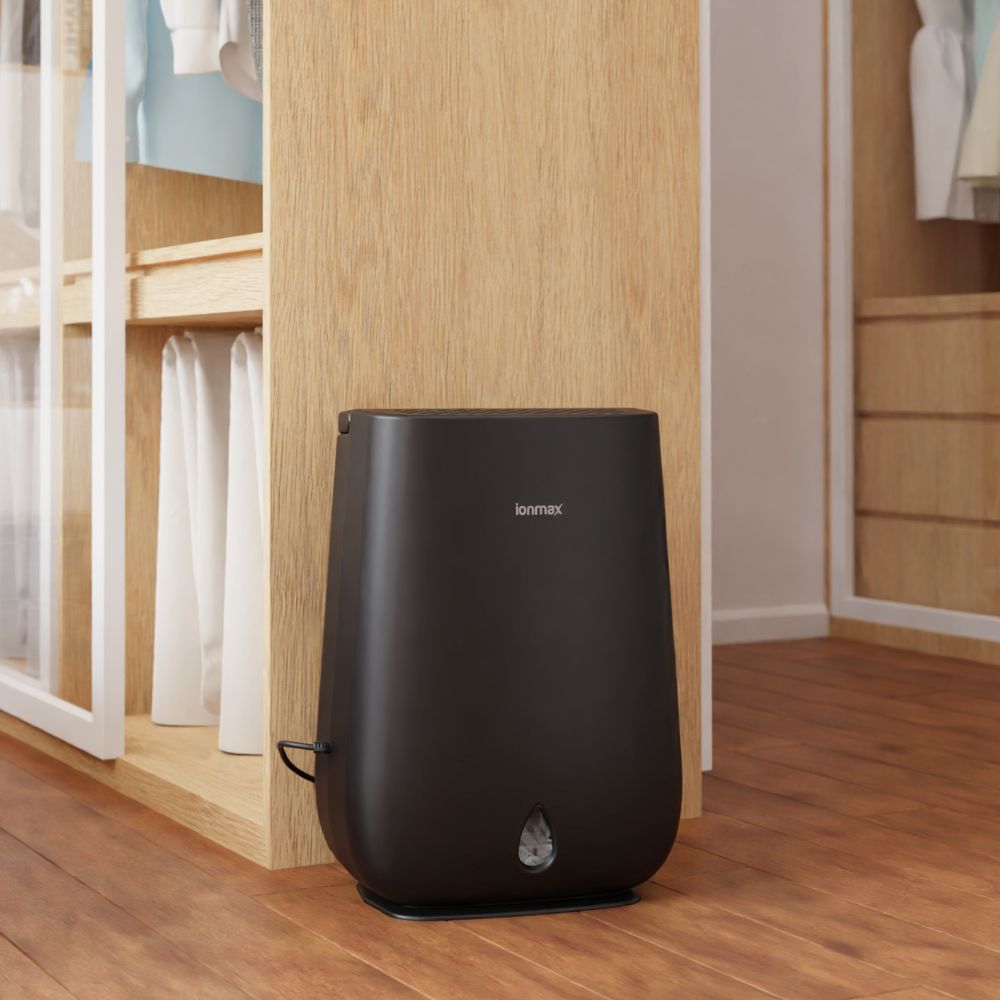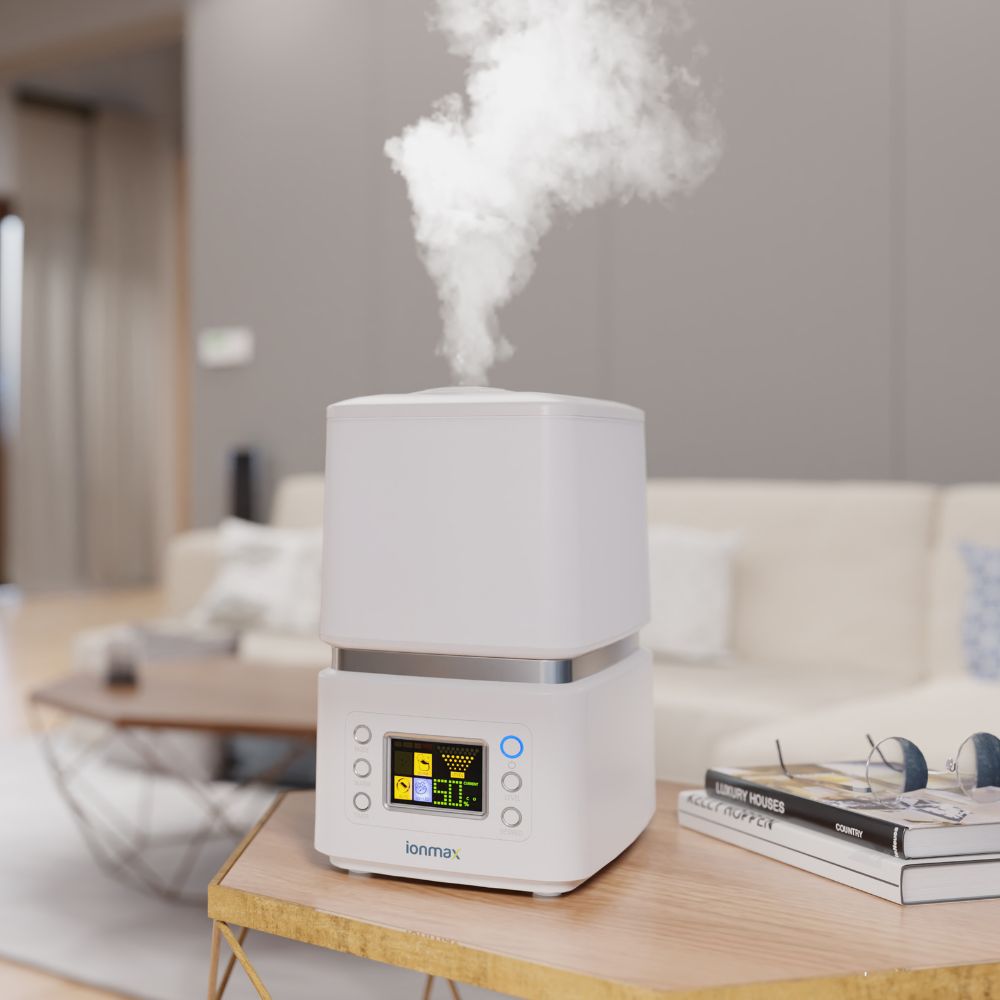More than 46 million Australians suffer from allergies, according to the Australian Institute of Health and Welfare. There are many factors that play a role in this respect, some even worsening or triggering allergic reactions.
Why Should You Use an Air Purifier?
The first thing one should do when attempting to get rid of indoor pollution is to rid the indoor air of any pollutants by purifying the air. How does one go about doing that? By purchasing/ investing in an air purifier. Remember to choose an air purifier that suits your specific needs. For example, there are specific models targeted for allergy sufferers. These particular models comes with a HEPA filter- which have been shown to eliminate 99.97 percent of airborne allergens.
Some of the most common airborne allergens are pollen, dust, dust mites, pet dander, ragweed, and mold spores. It is believed that HEPA air purifiers are the most efficient due to their ability to eliminate most airborne pathogens that are 0.3 microms and above. There are units that feature odor and chemical filtration, as well. Thus, if you’re dealing with asthma or any other condition caused by odor or chemical pollutants, getting this kind of air purifier could help.
The Benefits Associated with Air Humidifiers and Dehumidifiers
Now, aside from purifying your air, you should also ensure that the humidity level is within the boundaries of a specific percentage. Did you know that hot and humid houses facilitate the appearance of mold and dust mites? This is why you should keep the temperature between 20-22 degrees Celsius- the humidity level shouldn't exceed 50%.
During warm weather, it is ideal to use air conditioning and dehumidifiers. Of course, the environment in which you live plays an important part in the equation. Most houses don’t require a dehumidifier. And if they do, they are usually located in basements, where the humidity levels are usually at their peak.
However, what happens when the humidity level is lower than it should be?
In contrast with a dehumidifier, a humidifier adds moisture to the air, thus, preventing excess dryness. It appears that excess dryness causes irritation, and dryness of the skin, nose, lips, and throat. Nevertheless, this doesn’t mean you should overuse your humidifier, as an environment that is too humid could actually worsen respiratory conditions.
Ideally, a hygrometer that assesses the humidity level inside your home should be used. There are some models of central humidifiers that come equipped with a hygrometer. But if your device doesn’t come with one, you should get one separately. You can test the humidity on a daily basis, especially if you’re suffering from allergies, asthma or any other similar condition.
Ensure that your humidifier is clean, as unclean humidifiers may lead to bacterial growth, causing colds, coughs, and more.
Essentially, when used wisely, air purifiers, air humidifiers, and air dehumidifiers may be very beneficial for your health, diminishing indoor pollution. This can make the world of a difference in the lives of allergy sufferers.
Disclaimer: The information provided in this article is for general reference only. Please seek advice from professionals according to your needs.

